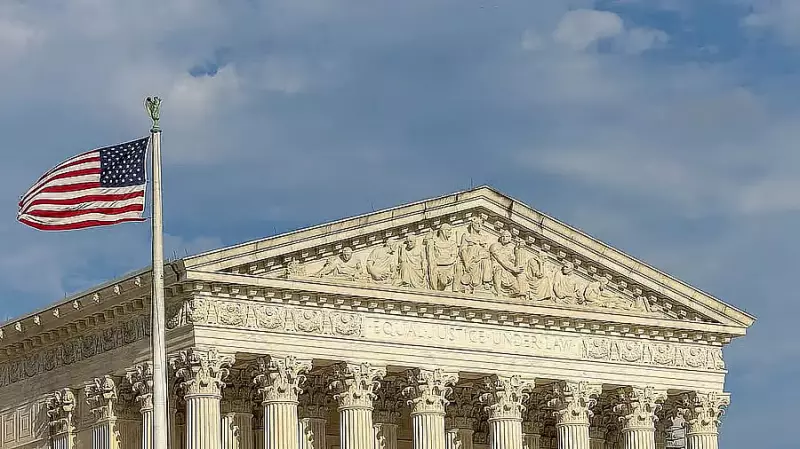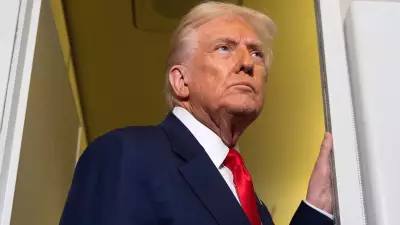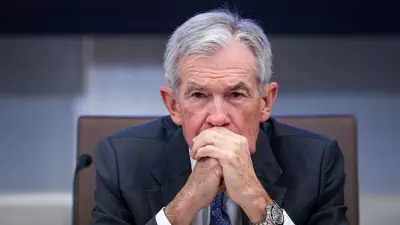
The United States Supreme Court delivered a tense session as attorneys representing former President Donald Trump faced intense scrutiny over the legality of his administration's controversial tariff policies. During the hearing, justices from across the ideological spectrum expressed significant doubts about the legal foundation of these trade measures.
Judicial Skepticism Reaches Peak
Conservative Justice Amy Coney Barrett joined liberal colleagues in questioning whether the Trump administration had overstepped its authority when implementing sweeping tariffs on imported goods. The legal team found themselves repeatedly challenged to justify the broad interpretation of trade laws that formed the basis of these economic measures.
The courtroom atmosphere grew increasingly tense as justices pointed to potential constitutional overreach, with one justice noting that accepting the government's argument would grant the executive branch virtually unlimited power to impose tariffs without congressional approval.
Global Economic Implications
The case carries significant weight for international trade relations, as the outcome could either validate or invalidate the legal framework used to justify tariffs that affected billions of dollars in global commerce. These policies had sparked retaliatory measures from trading partners worldwide and disrupted established supply chains across multiple industries.
Legal experts observing the proceedings noted that the justices' skeptical line of questioning suggests the court may be leaning toward limiting presidential authority in trade matters, potentially setting a precedent that could constrain future administrations regardless of political affiliation.
What's at Stake for Future Trade Policy
- Presidential authority in international trade matters
- Legal boundaries for implementing tariffs
- Congressional versus executive power balance
- Stability in global trade relationships
- Future administration's trade policy flexibility
The Supreme Court's eventual ruling, expected later this term, could fundamentally reshape how the United States approaches international trade and define the limits of presidential power in economic policy for generations to come.





